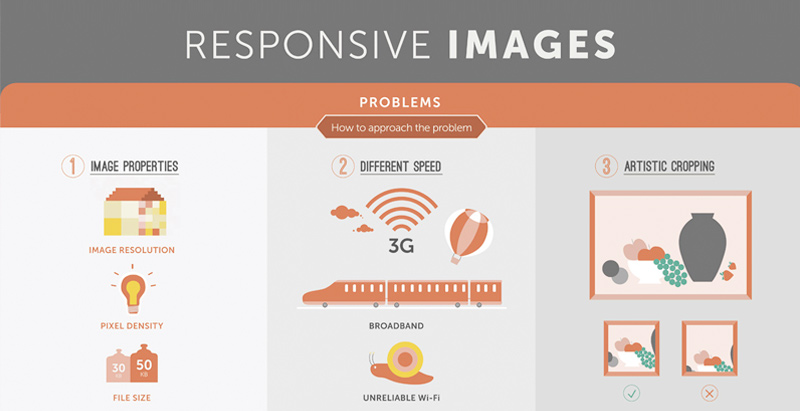Fascinated In Discovering Exactly How Web Site Style Has Changed Over The Years? Check Out The Progression From Basic, Simple Layouts To User-Centered Strategies That Focus On The Requirements And Preferences Of Online Site Visitors
Fascinated In Discovering Exactly How Web Site Style Has Changed Over The Years? Check Out The Progression From Basic, Simple Layouts To User-Centered Strategies That Focus On The Requirements And Preferences Of Online Site Visitors
Blog Article
Uploaded By-Lamb Singer
In the past, web sites were easy and concentrated on info. Navigation was direct, and design was for desktop computers. Now, user experience is vital. Information overviews designs for simple navigating. Receptive formats suit various tools. Today, dark setting minimizes pressure, and minimal menus boost navigation. Interactive functions involve individuals, and strong visuals stick out. AI combination increases engagement. See just how design has actually progressed to improve your online journey.
Early Days of Web Design
In the early days of website design, simplicity preponderated. Web sites were basic, with limited shades, typefaces, and designs. The focus got on giving information rather than flashy visuals. Users accessed the internet with slow-moving dial-up connections, so speed and performance were crucial.
Navigation food selections were straightforward, normally located on top or side of the page. Sites were made for computer, as mobile surfing had not been yet prevalent. Content was king, and developers prioritized very easy readability over complex layout elements.
HTML was the main coding language made use of, and developers had to function within its restraints. Computer animations and interactive attributes were marginal compared to today's criteria. Internet sites were static, with little vibrant material or individualized customer experiences.
Surge of User-Focused Design
With the evolution of internet site layout, a shift towards user-focused design concepts has come to be increasingly noticeable. related web site , producing web sites that focus on customer experience is vital for involving site visitors and attaining service objectives. User-focused design entails understanding the demands, choices, and habits of your target audience to tailor the internet site's design, web content, and features appropriately.
Developers now perform comprehensive research, such as user studies and usability testing, to gather insights and comments straight from customers. This data-driven method helps in developing intuitive navigating, clear calls-to-action, and visually enticing interfaces that reverberate with visitors. By placing the individual at the facility of the style procedure, websites can supply an extra personalized and pleasurable experience.
Responsive style has also emerged as an essential facet of user-focused style, making sure that websites are maximized for different devices and display sizes. This versatility boosts ease of access and use, dealing with the varied ways customers interact with sites today. In essence, the increase of user-focused design indicates a change in the direction of developing digital experiences that focus on the requirements and assumptions of the end customer.
Modern Trends in Web Design
Check out the most up to date patterns forming web design today. One famous fad is dark setting style, supplying a sleek and modern appearance while minimizing eye pressure in low-light environments. An additional vital pattern is minimal navigation, simplifying food selections and improving customer experience by focusing on essential elements. Integrating https://jaidenpxdkr.bloginder.com/30472969/open-the-full-possibility-of-your-site-by-making-use-of-insider-on-page-search-engine-optimization-methods-to-enhance-your-online-presence-and-involve-your-target-market-properly -interactions, such as animated buttons or scrolling results, can create an extra engaging and interactive web site. Responsive style stays important, making sure smooth user experiences across various gadgets. Furthermore, utilizing vibrant typography and asymmetrical designs can include aesthetic interest and draw attention to details content.
Integrating AI modern technology, like chatbots for client support or customized recommendations, boosts customer engagement and enhances processes. Access has also come to be a significant pattern, with developers prioritizing inclusive style methods to cater to varied individual needs. Accepting sustainability by optimizing site efficiency for rate and efficiency is an additional arising fad in website design. Teaming up with individual comments and information analytics to iterate and enhance layout continually is essential for remaining relevant in the ever-evolving electronic landscape. By embracing these modern-day patterns, you can produce an aesthetically enticing, easy to use website that resonates with your audience.
Verdict
As you assess the development of internet site design from the early days to now, you can see exactly how user-focused style has actually come to be the driving force behind contemporary fads.
Accept the journey of modification and adaptation in web design, always maintaining the user experience at the leading edge.
Keep present with the most up to date trends and technologies, and never ever stop progressing your technique to develop aesthetically stunning and user-friendly websites.
Evolve, adapt, and create - the future of web design is in your hands.
